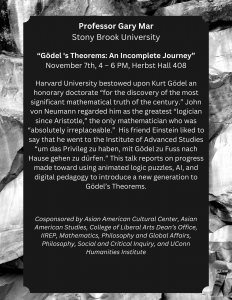John MacKay
One motivation for counterpart theory comes from a family of puzzles about identity and modal variation known as puzzles of tolerance. In these puzzles, an object could have been slightly different but could not have been radically different. It is commonly assumed, both by counterpart theorists and their critics, that the counterpart-theoretic solution to the puzzles of tolerance involves the intransitivity of counterpart relations. In this paper, I argue that this is a mistake, and instead I defend a solution to the puzzles of tolerance that involves transitive counterpart relations with context-sensitive names and variables.
